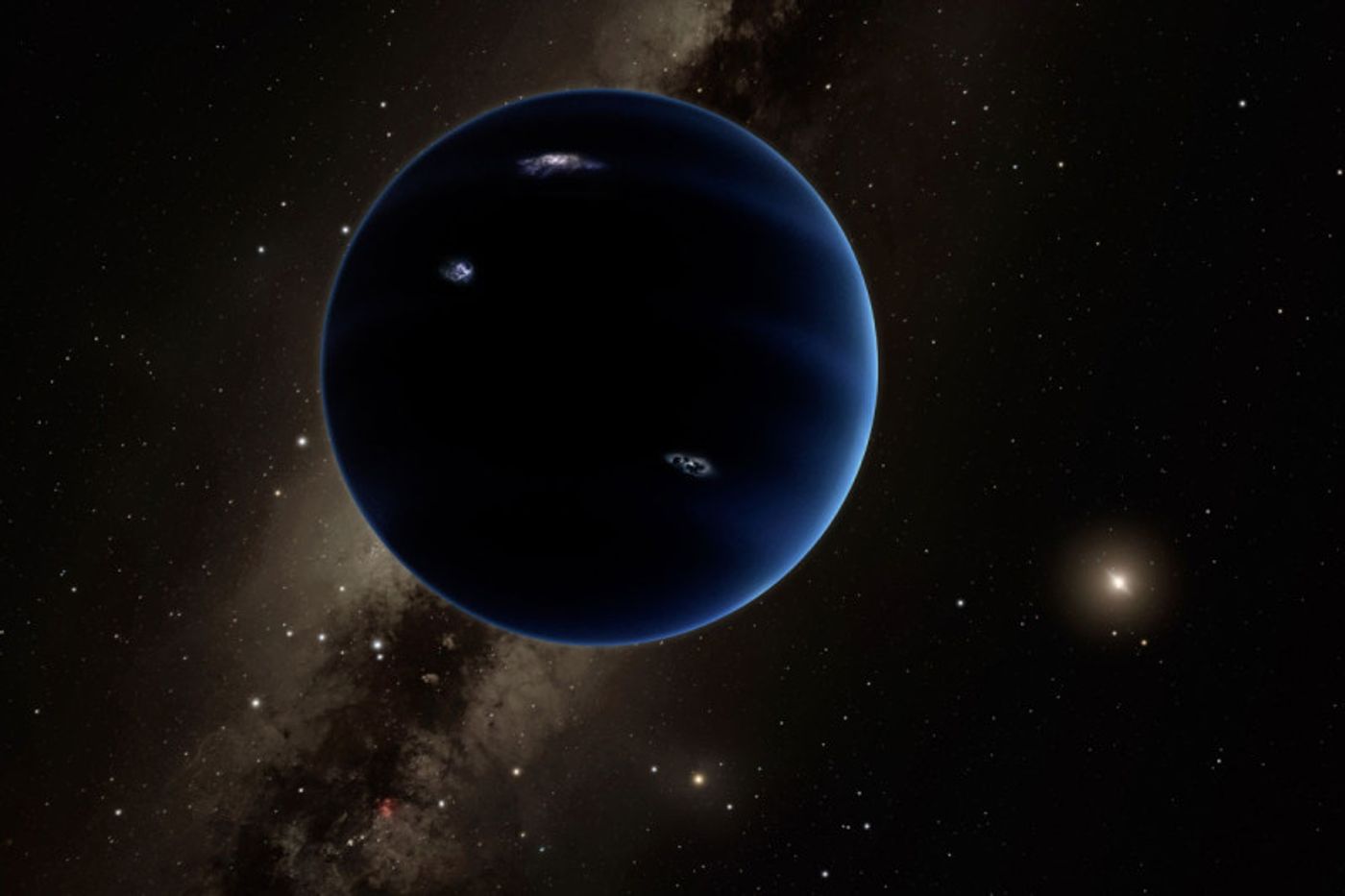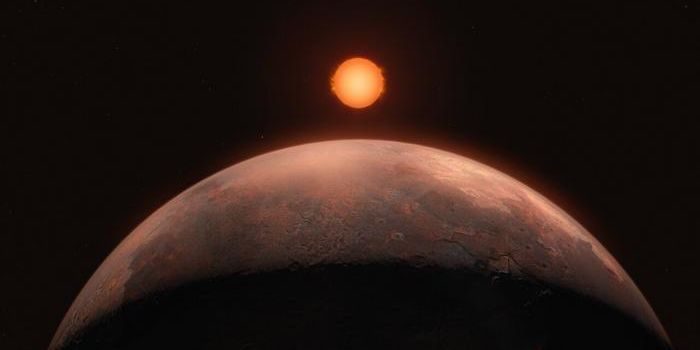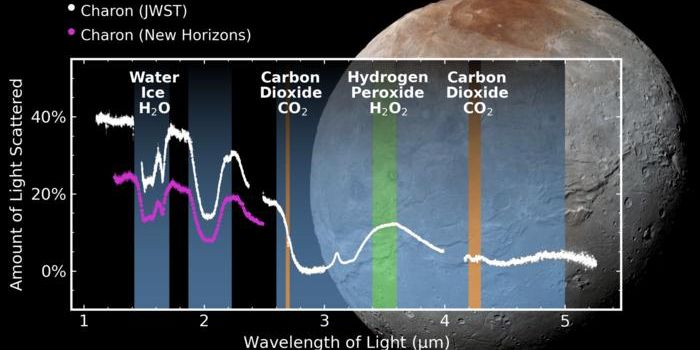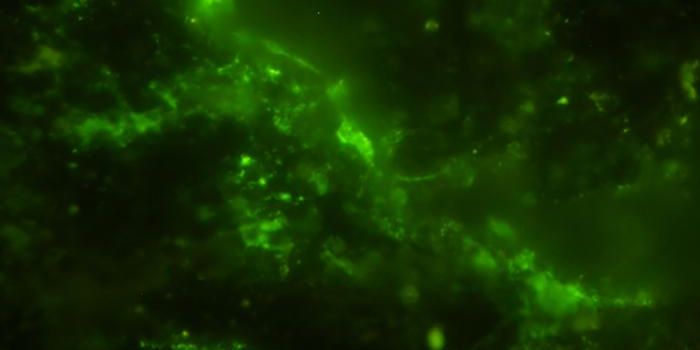The Pros Call on Amateur Astronomers to Help Find Planet Nine
Planet Nine is something that astronomers can’t do much more than predict at this point in time. While we’re pretty sure that it must exist out there somewhere, we currently have no physical evidence that it’s really there.
Image Credit: Caltech
We’ve predicted its existence because of the deformed orbital path of some of the outer planets in our Solar System. Specifically, there’s a strange tilt to the solar system's plane, and in order for this to happen, something big and with just the right gravitational influence would have had to influenced it.
Because astronomers currently have no leads on where Planet Nine is, or if it’s even out there, it’s quite a strong hypothesis. Nevertheless, they haven’t given up searching for it and are now calling on the public to help them find it.
Amateur stargazers are being welcomed by Australian National University astronomers to help look at images robotically taken with space imaging equipment to try and figure out where Planet Nine might be. It’s hoped that by getting some extra sets of eyes on the images, it might be possible to spot something that the professionals may have missed.
After all, when you’re looking at a bunch of dark images with little white dots all over the place, all of those white dots can tend to start looking the same after a while, so perhaps that’s not such a bad idea.
Related: Potential new evidence for the existence of Planet Nine
“We have the potential to find a new planet in our Solar System that no human has ever seen in our two-million-year history,” said Dr Brad Tucker, the lead of this new initiative. “If this planet exists, it's already in one of our thousands and thousands of images.”
Planet Nine is expected to be a large gassy planet, if it exists, which means it theoretically shouldn’t be that hard to spot. On the other hand, it’s considered to be so far away that the Sun’s light isn’t being reflected very well off of its surface, which in turn makes it harder to see.
The only way we are going to see it from images is to carefully examine the orbit and tilt of our Solar System and look in the general direction that computer models tell us make sense for these features to occur. We should then see either some kind of hazy object or something blocking star light from the distance.
Anyone who comes up with any leads as to where Planet Nine might be will reportedly have some say in what it gets named.
It should be interesting to see if amateur astronomers can offer any help to the pros.
Source: BBC









